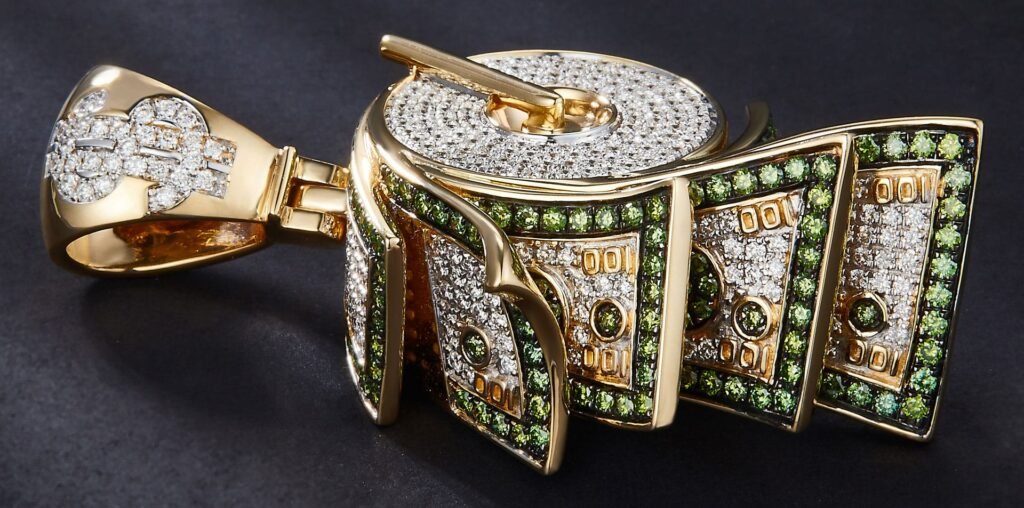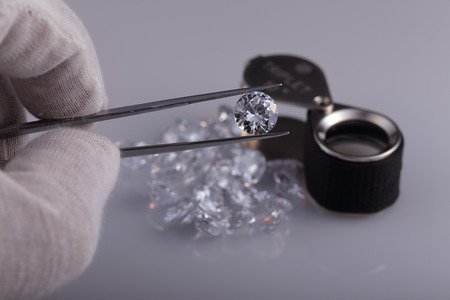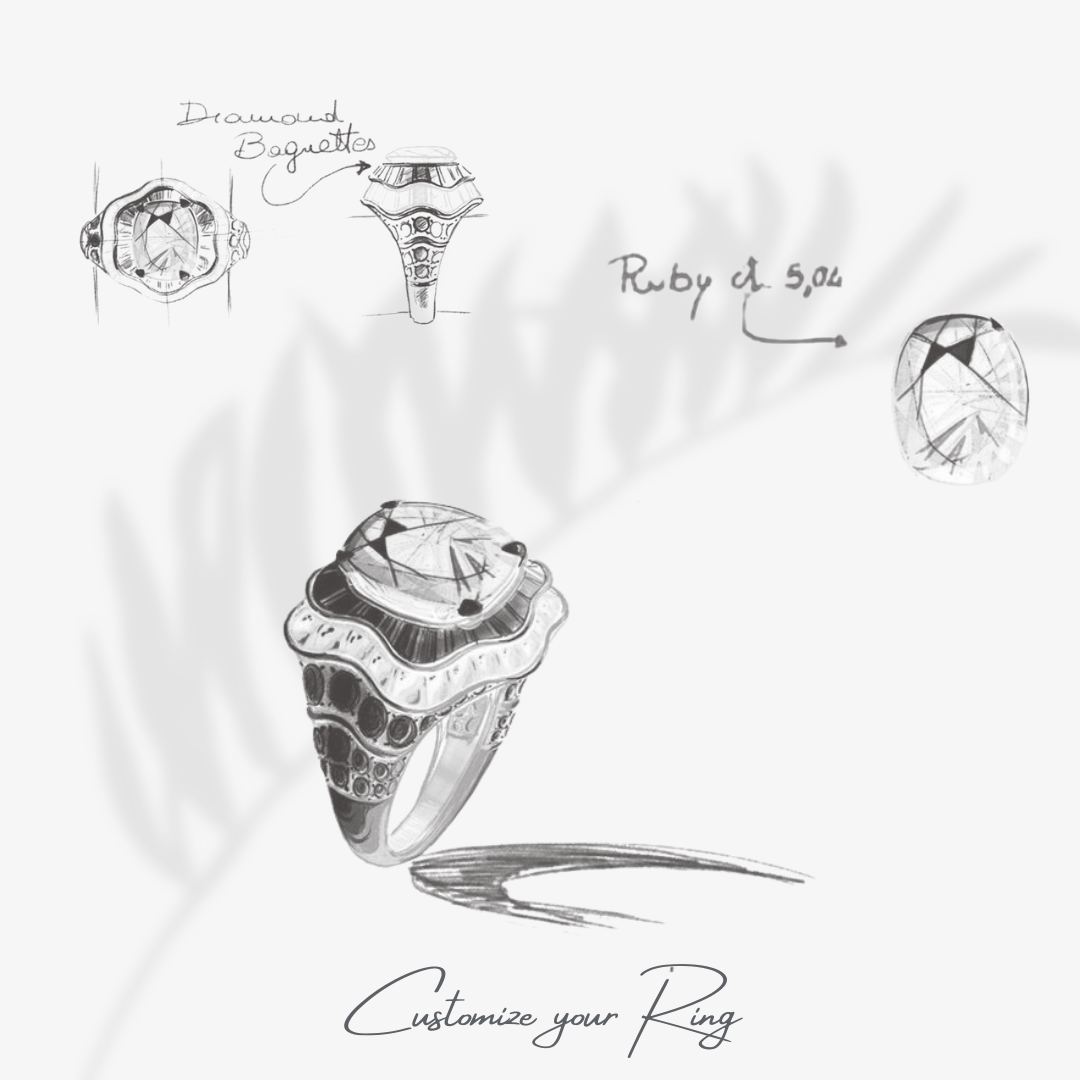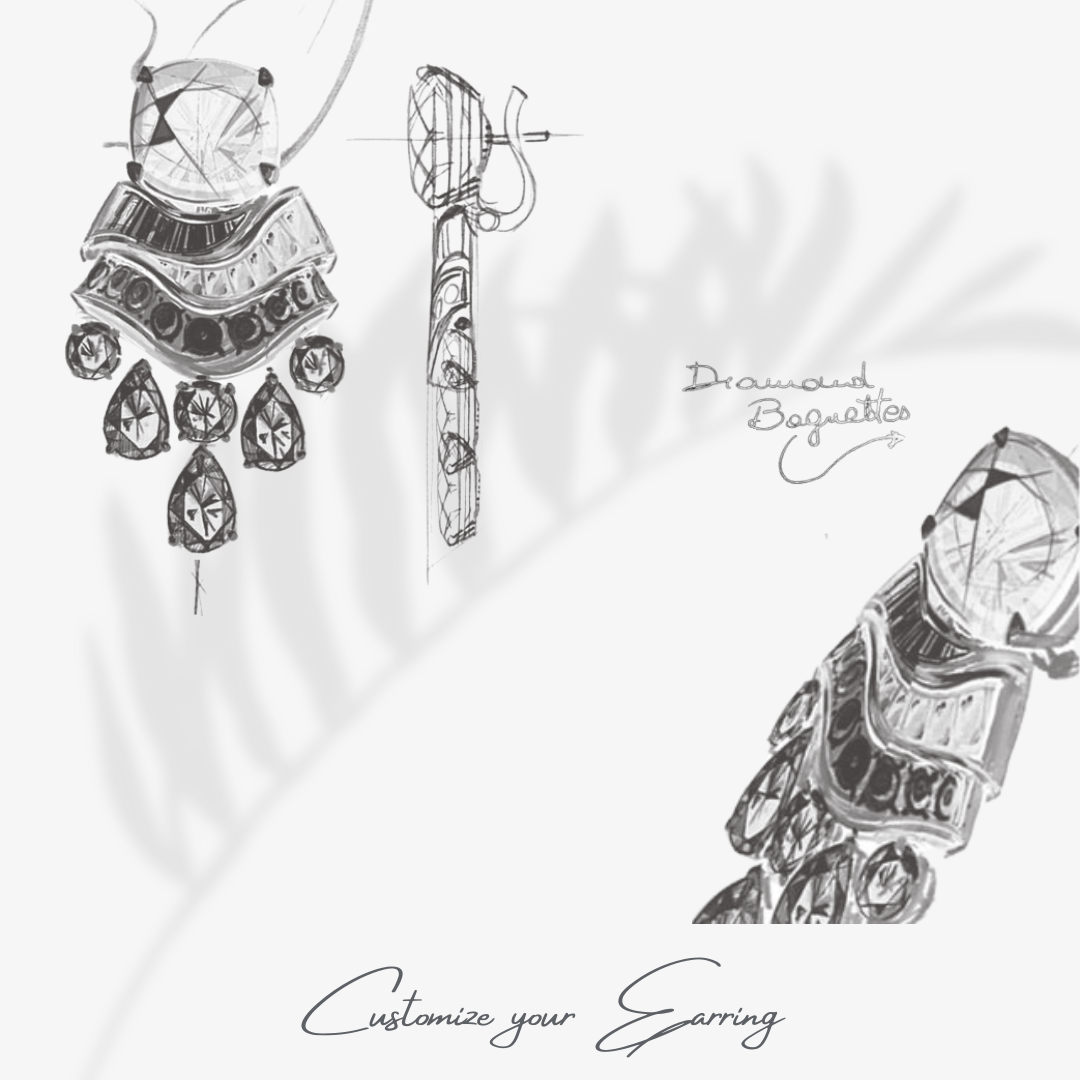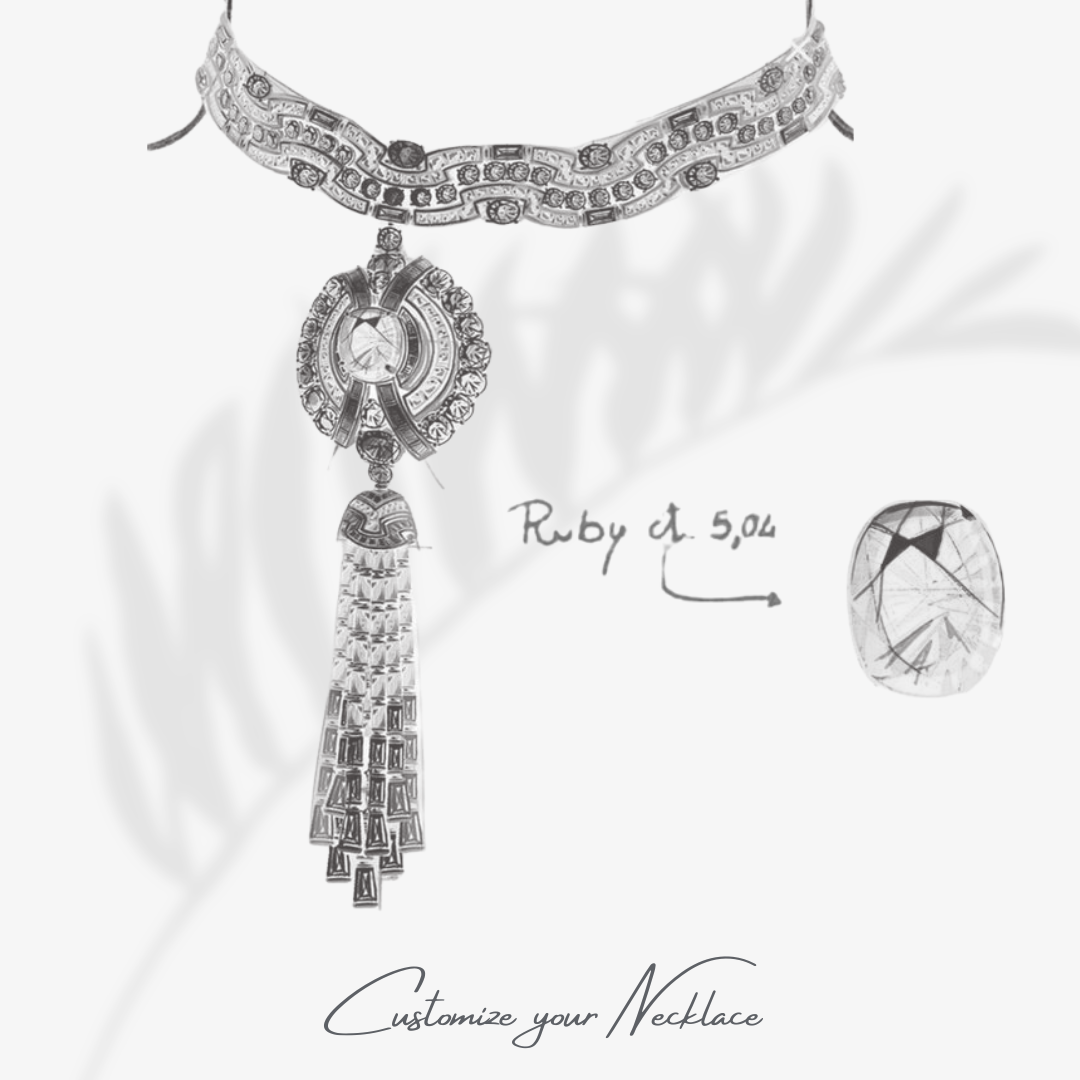FAQs - Frequently Asked Questions
Advantages: Lab-grown diamonds are typically more affordable than natural diamonds, are guaranteed conflict-free, and have a lower environmental impact. They offer the same beauty and brilliance as natural diamonds.
Disadvantages: Some perceive natural diamonds to have a higher resale value and emotional significance due to their rarity and natural formation over millions of years.
The future of lab-grown diamonds looks promising, with increasing demand driven by ethical considerations and sustainability. As technology advances, production costs may continue to decrease, making lab-grown diamonds more accessible. They are expected to gain more market share as consumers prioritize ethical and environmentally friendly options.
Companies use two main methods to create lab-grown diamonds: High-Pressure High-Temperature (HPHT) and Chemical Vapor Deposition (CVD). Both methods simulate the natural conditions under which diamonds form, creating real diamonds that are chemically and physically identical to those mined from the earth.
No, lab-grown diamonds do not fade over time. They are made of the same material as natural diamonds and maintain their brilliance, color, and clarity forever.
A lab-grown diamond certificate is a grading report provided by a reputable gemological institute, such as the GIA or IGI. This certificate details the diamond’s characteristics, including its cut, color, clarity, and carat weight, ensuring its quality and authenticity.
You can purchase lab-grown diamonds from reputable jewelers, both online and in-store. Ensure the retailer provides certification for the diamond to guarantee its quality and authenticity. At Grown Brilliance, we offer a wide selection of certified lab-grown diamonds in various shapes and settings.
Yes, lab-grown diamonds offer excellent value for money. They are more affordable than natural diamonds while providing the same beauty and durability. Additionally, they are a sustainable and ethical choice, making them worth considering for those looking for quality and responsibility.
The primary difference is their origin. Lab-grown diamonds are created in controlled laboratory environments, while natural diamonds are formed over millions of years deep within the earth. Both are chemically, physically, and optically identical, with lab-grown diamonds often being more affordable and ethically sourced.
No, lab-grown diamonds are not fake. They are real diamonds with the same physical, chemical, and optical properties as natural diamonds. The term “lab-grown” simply refers to their origin.
Yes, lab-created diamonds will test as real diamonds. They have the same carbon structure and hardness as natural diamonds, so they will pass traditional diamond testing methods.
When choosing the right diamond, consider the 4Cs: Cut, Color, Clarity, and Carat weight. Think about your budget and what qualities are most important to you. Additionally, consider the diamond shape and setting that best match your personal style. Consulting with a jeweler can help guide you to the perfect choice.
Lab-grown diamonds are graded using the same standards as natural diamonds, focusing on the 4Cs: Cut, Color, Clarity, and Carat weight. Reputable gemological institutes like the GIA and IGI provide grading reports for lab-grown diamonds, ensuring consistency and quality.
Yes, lab-grown diamonds can be customized just like natural diamonds. You can choose from various shapes, sizes, and settings to create a unique piece that matches your style and preferences.
Lab-grown and natural diamonds are visually identical, and even experts require specialized equipment to distinguish between the two. Lab-grown diamonds typically come with certification indicating their origin.
Yes, lab-grown diamonds can be created in various colors, including traditional clear (colorless), as well as fancy colors like pink, blue, and yellow. This is achieved by adding specific elements during the diamond growth process.
Lab-grown diamonds have a significantly lower environmental impact compared to natural diamonds. They do not require mining, which can lead to deforestation, habitat destruction, and water pollution. Lab-grown diamonds are created in controlled environments, making them a more sustainable choice.
Traditionally, lab-grown diamonds have had a lower resale value compared to natural diamonds. However, as their popularity and acceptance grow, the resale value of high-quality lab-grown diamonds is improving. It’s important to view lab-grown diamonds as a purchase for beauty and personal enjoyment rather than investment.
Absolutely! Lab-grown diamonds are an excellent choice for engagement rings. They offer the same beauty and brilliance as natural diamonds and are often more affordable, allowing you to choose a larger or higher-quality stone within your budget. Plus, they are an ethical and environmentally friendly option.
The process of growing a lab-grown diamond typically takes a few weeks to a few months, depending on the size and quality desired. This is much faster compared to the millions of years it takes for natural diamonds to form.
Yes, lab-grown diamonds are increasingly popular, especially among younger, environmentally conscious consumers. Their affordability, ethical sourcing, and quality make them a sought-after alternative to natural diamonds.
Yes, lab-grown diamonds can be used in all types of jewelry, including engagement rings, wedding bands, earrings, necklaces, and bracelets. They are versatile and suitable for everyday wear or special occasions.
Lab-grown diamonds do not require special care. They should be treated like natural diamonds—cleaned regularly to maintain their sparkle and stored safely to prevent scratching other jewelry.
Lab-grown diamonds are just as durable as natural diamonds. They are made of the same carbon structure and will last a lifetime. Their hardness on the Mohs scale is 10, making them highly resistant to scratches and damage.















































